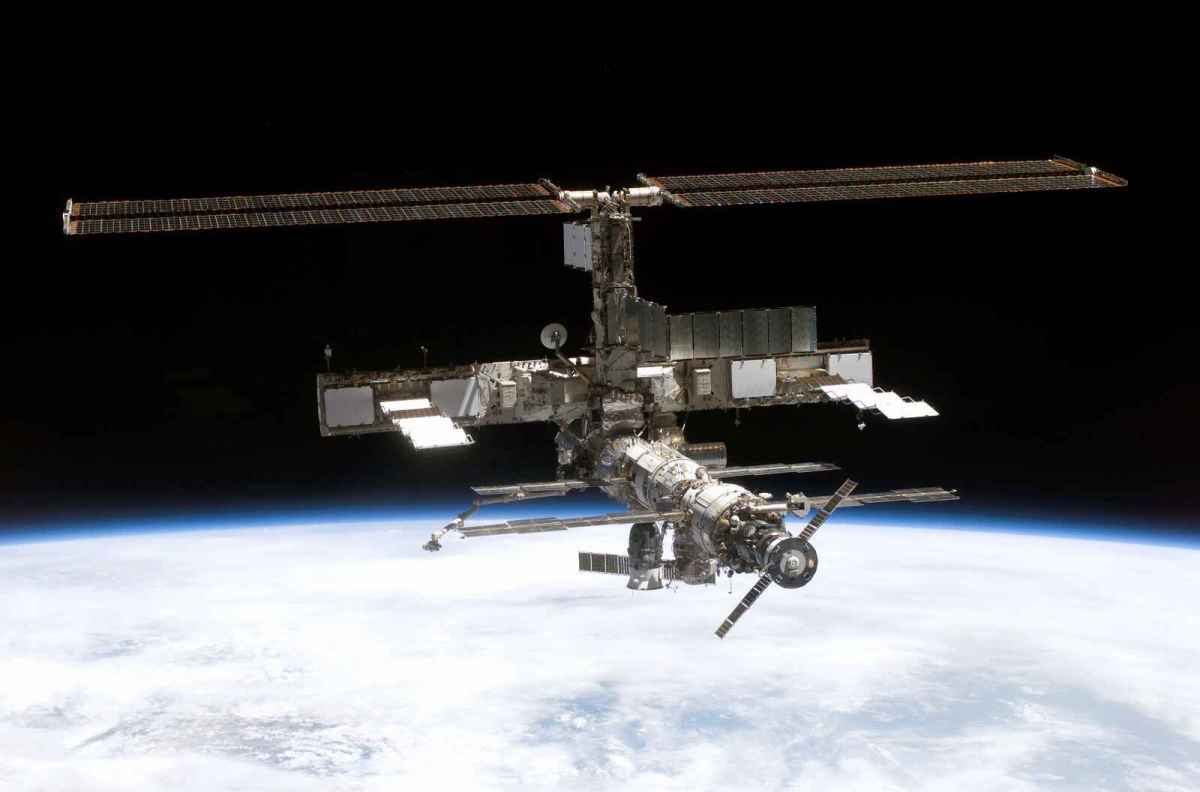And just like that, a typical day in Palm Harbor, Florida was turned upside down by a piece of space trash that crashed through a residential home. The object was identified as a composite-overwrapped pressure vessel (COPV) from a SpaceX Falcon 9 rocket that launched a year earlier. COPVs are typically used to store gases under pressure in spacecraft, and this particular one had been jettisoned during the rocket’s re-entry into Earth’s atmosphere.
The incident raised questions about the safety and reliability of commercial space travel, as well as the potential dangers posed by space debris falling back to Earth. Fortunately, no one was injured in the incident, but it served as a reminder of the risks inherent in space exploration.
The COPV that crashed through the Florida home was made of a carbon-fiber composite material. Carbon-fiber composites are lightweight and strong, making them ideal for aerospace applications. In the case of the COPV, the composite material was wrapped around a metal liner, providing additional strength and protection.
The SpaceX Falcon 9 rocket that launched the COPV had completed its mission successfully, delivering a payload into orbit before returning to Earth. However, during re-entry, the rocket’s COPVs are jettisoned to reduce weight and avoid explosions during landing. In this case, one of the COPVs did not burn up completely in the Earth’s atmosphere and instead crashed through the roof of a residential home in Florida.
SpaceX has since taken steps to improve the safety of its COPVs, including redesigning them to be more resilient to re-entry conditions. The company has also implemented stricter guidelines for the disposal of space debris to prevent similar incidents in the future.
The incident in Florida serves as a wake-up call for the space industry as a whole, highlighting the need for better tracking and management of space debris. As more companies and nations enter the space race, the amount of debris in orbit around Earth is only expected to increase, posing a greater risk to spacecraft and satellites.
In response to the growing threat of space debris, NASA has launched initiatives to track and monitor objects in space, as well as develop technologies to clean up debris and mitigate the risk of collisions. The agency is also working with international partners to establish guidelines for responsible space practices and promote the sustainable use of outer space.
As we continue to push the boundaries of space exploration, incidents like the one in Florida serve as a reminder of the inherent risks and challenges of venturing into the unknown. While the benefits of space exploration are vast and transformative, it is essential that we prioritize safety and sustainability to ensure a peaceful and prosperous future for humanity beyond Earth’s atmosphere.
